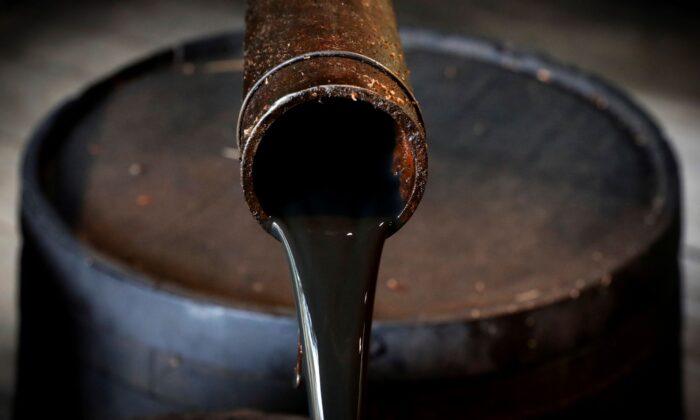Today’s dangerous emphasis on wind and solar power for intermittent electricity is causing a shortage of fuels for planes, ships, militaries, and space programs, all of which are manufactured from the substance Newsom seems to hate most—oil, that is, black gold, Texas Tea, or petroleum. But he stubbornly refuses to talk about the crisis these energy policies are creating.
The governor’s efforts to tax California out of its energy crisis will fail, and consumers and businesses will pay the price. After all, 6,000 products in our daily lives are made from oil derivatives that are manufactured out of crude oil. And how about the fuels needed for the 50,000 merchant ships and 50,000 aircraft in the world? They are all dependent on fuels manufactured from crude oil, the same substance that Newsom wants to eliminate.
California’s governor has set aspirational goals for an energy transition, but it is only for electricity generation, from natural gas and coal electricity generation to electricity from intermittent breezes and sunshine. Newsom’s single-minded focus is to reduce emissions no matter the consequences. He fails to comprehend that without a planned replacement for crude oil to make those same products that support the economy, limiting crude oil will inflict massive shortages and inflation in perpetuity on everyone’s lifestyles.

- The potential for nuclear fusion for unlimited zero-emission electricity is exciting. In the decades ahead, it has the potential to wean the world from coal and natural gas for electricity generation. But this is still a long way in the future.
- But fusion (and fission, used in today’s nuclear power plants), wind, solar, and hydro, only generate electricity. None can manufacture any products or fuels for transportation infrastructures needed by the growing population on this planet.
- Crude oil is never used for generating electricity and is virtually useless until it’s manufactured into usable products via the 700 refineries around the world.
- We may have long-range plans to generate electricity from wind, solar, and nuclear fusion, but no plans to replace crude oil that is manufactured into items used in our daily lives.
California’s growing dependency on other nations, some not particularly friendly to America, is a serious national security risk for all of us. It also deprives Californians of jobs and business opportunities and forces drivers to pay premium prices for fuel.

Economists and experts have consistently pointed to the same fundamental factors driving high gas prices in California: high taxes and fees, expensive environmental mandates on fuel manufacturers, and policies that limit refining capacity. All these factors create a tight market for transportation fuels.
Back in 2018, state Sen. John Moorlach and the author of this article testified in support of Senate Bill 1074, “Disclosure of government-imposed costs.” The bill would have required gas stations to post near each gas and diesel pump a list of all cost factors, all taxes, as well as the costs associated with the state’s numerous environmental regulations being imposed on the manufacturers. This transparency would help Californians understand why they are paying more than a dollar a gallon for fuel more than the rest of the country.
Newsom’s Democratic party controlled the 2018 committee considering the issue, and they clearly did not want the public to see all these costs included in the posted pump price. So, they killed the bill from future consideration.
Today, we are hearing the same concerns that Senate Bill 1074 would have remedied. So, the Newsom energy dance continues, and Californians continue to pay the piper.




